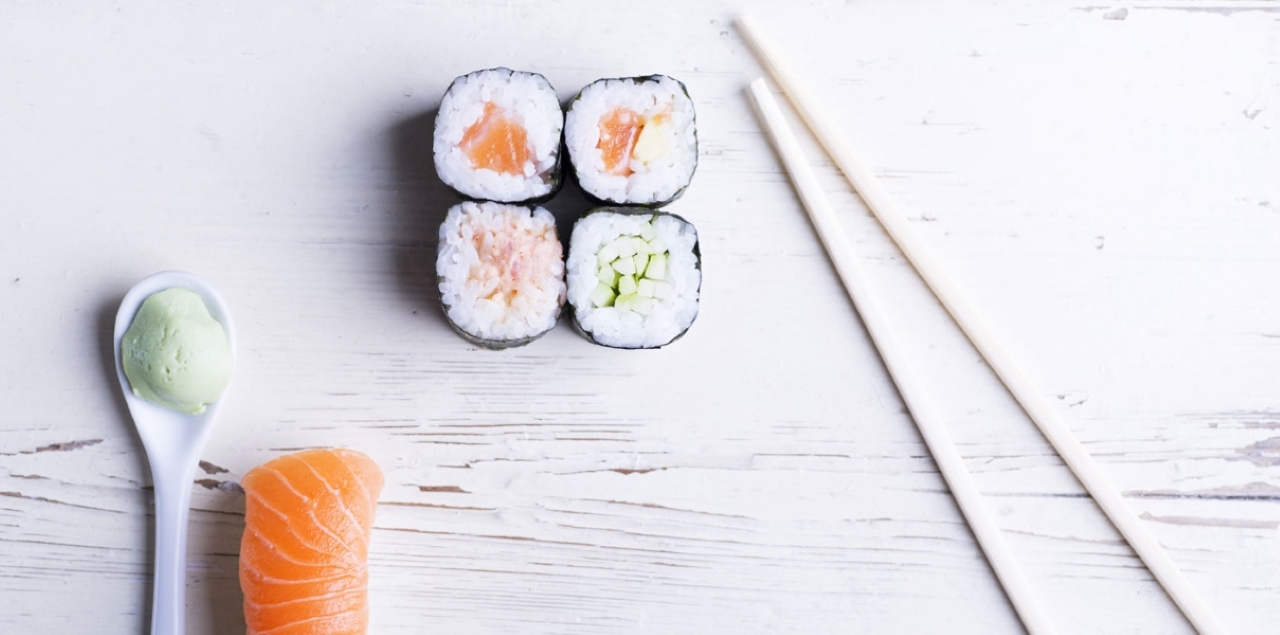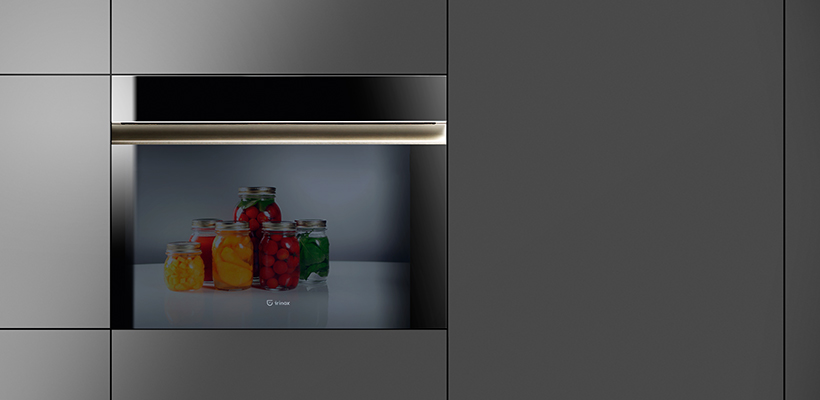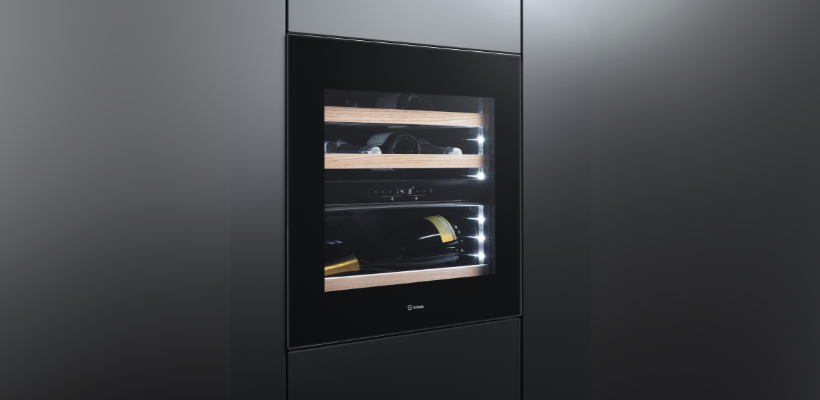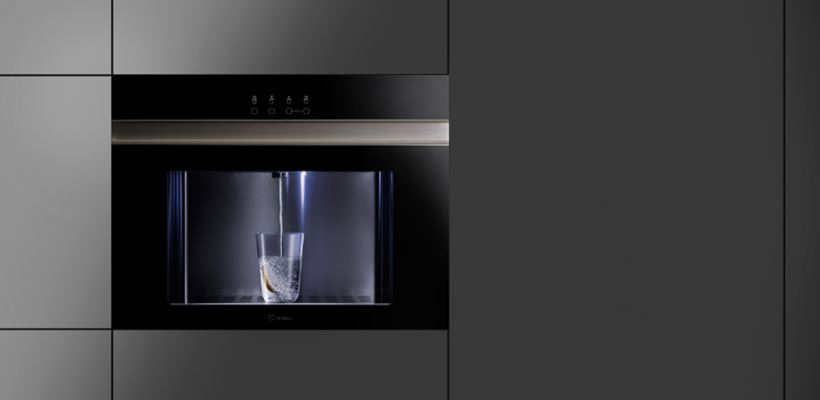Blog
03/22/2024It's raw fish time!

Eating raw fish is becoming increasingly common: in addition to sushi, carpaccio and raw starters are now a fully-fledged part of the menus of many Italian restaurants. Raw fish retains all its valuable omega-3 and keeps its nutritional qualities at their best.
There are risks, however, if raw fish is not sanitised properly.
There are risks, however, if raw fish is not sanitised properly.
The most dangerous parasite is Anisakis.
Particularly resistant, Anisakis is transmitted through the ingestion of raw fish. Only prolonged cooking (at least 10 minutes) or freezing at very low temperatures can eliminate it. What are the symptoms? It causes nausea, vomiting and, very often, violent abdominal pain.
Particularly resistant, Anisakis is transmitted through the ingestion of raw fish. Only prolonged cooking (at least 10 minutes) or freezing at very low temperatures can eliminate it. What are the symptoms? It causes nausea, vomiting and, very often, violent abdominal pain.
The ideal solution?
The ideal solution for eating raw fish safely at home is the blast chiller: it freezes it quickly, without damaging the quality of the fish!
With blast chillers from the Irinox Home range, thanks to their quick-freezing function, you can eliminate the risk of Anisakis, while preserving the flavour and texture of raw fish!
The ideal solution for eating raw fish safely at home is the blast chiller: it freezes it quickly, without damaging the quality of the fish!
With blast chillers from the Irinox Home range, thanks to their quick-freezing function, you can eliminate the risk of Anisakis, while preserving the flavour and texture of raw fish!
Come sanificare il pesce crudo?
È davvero semplice! Scegli il pesce che preferisci, inseriscilo nell'abbattitore di temperatura Irinox Home e seleziona la funzione di Surgelazione per 4 ore. Una volta completato il ciclo, riponilo in freezer per altre 24 ore per garantire una sanificazione completa. In questo modo, potrai gustare il pesce crudo in totale sicurezza, senza rinunciare alla qualità!
È davvero semplice! Scegli il pesce che preferisci, inseriscilo nell'abbattitore di temperatura Irinox Home e seleziona la funzione di Surgelazione per 4 ore. Una volta completato il ciclo, riponilo in freezer per altre 24 ore per garantire una sanificazione completa. In questo modo, potrai gustare il pesce crudo in totale sicurezza, senza rinunciare alla qualità!



